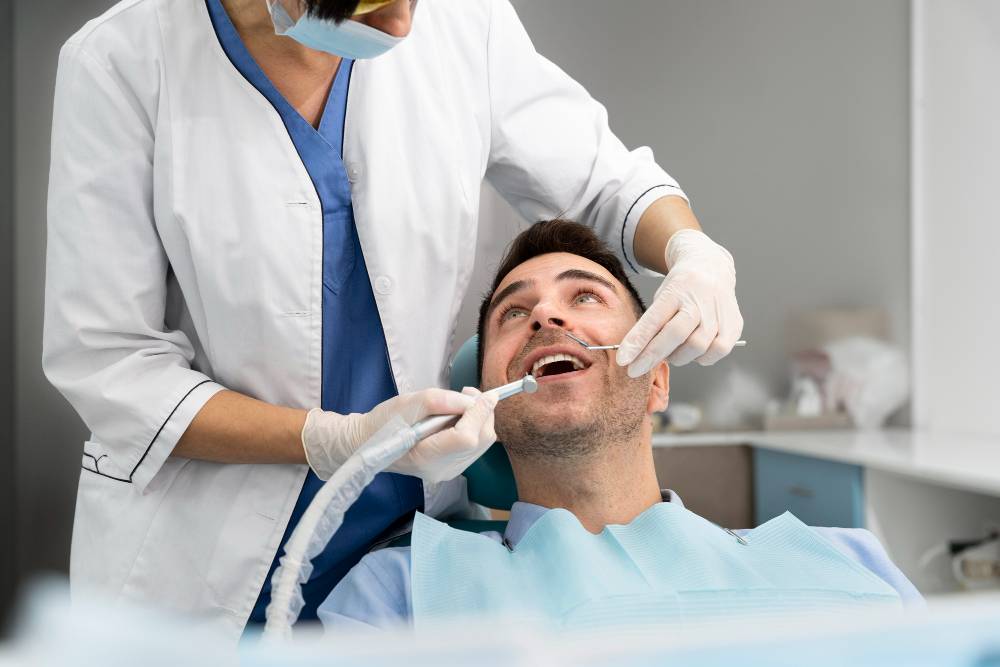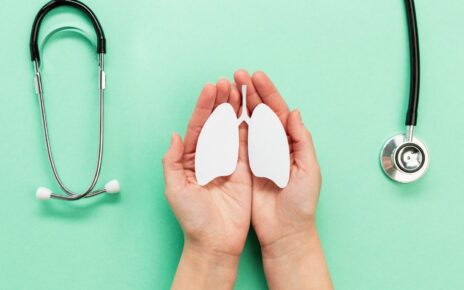Dental trauma can happen in an instant. Whether it’s a chipped tooth or something more severe, quick action is crucial. A general dentist plays a key role in managing these emergencies. From assessing the damage to providing immediate care, they guide patients through recovery. They may use tools like Novi porcelain crowns to restore damaged teeth. Understanding their role helps in appreciating the comprehensive care they offer.
Assessment and Immediate Care
When dental trauma occurs, the first step a general dentist takes is to assess the situation. This involves examining the mouth, teeth, and gums to determine the extent of the injury. They may perform X-rays if necessary. This helps in getting a clear picture of any underlying issues that are not visible to the naked eye.
After assessment, immediate care is the next step. The dentist will provide first aid to relieve pain and prevent further damage. This might include cleaning the affected area and applying a protective dressing. In some cases, they may need to reposition or stabilize a dislocated tooth. They use their skills to ensure the best possible outcome.
Restorative Procedures
Once the immediate concerns are addressed, the focus shifts to restoring the damaged teeth. This could involve several procedures, depending on the severity of the trauma. Some common restorative procedures include:
- Filling or bonding for minor chips or cracks.
- Root canal treatment if the inner pulp of a tooth is affected.
- Fitting dental crowns, such as Novi porcelain crowns, to restore broken teeth.
These procedures not only restore the appearance of the teeth but also their function. A well-restored tooth can prevent future complications such as infections or misalignment. More information about dental trauma and its management can be found on the National Institute of Dental and Craniofacial Research website.
Preventive Measures and Education
A general dentist also plays an important role in prevention and education. They offer guidance on how to avoid dental injuries in the future. This might include advice on wearing mouthguards during sports or ensuring proper dental hygiene. Prevention is always better than cure, and dentists help patients understand this.
Comparison of Treatment Outcomes
The effectiveness of dental trauma management often depends on the type and timing of treatments. The table below compares common restorative procedures and their success rates:
| Treatment | Success Rate | Common Uses |
|---|---|---|
| Filling/Bonding | 90% | Minor chips/cracks |
| Root Canal | 85% | Inner pulp damage |
| Porcelain Crowns | 95% | Broken teeth |
Each treatment has its benefits and potential limitations. Discussing these options with a dentist helps in making informed decisions. The American Dental Association provides further insights into various dental procedures here.
Recovery and Follow-Up
Recovery from dental trauma doesn’t end with treatment. Follow-up appointments are crucial for monitoring progress and ensuring proper healing. A dentist will schedule these check-ups to evaluate the effectiveness of the treatment and make any necessary adjustments.
During the recovery phase, patients may receive instructions on care at home. This can include how to manage pain, maintain oral hygiene, and avoid activities that could hinder healing. Adhering to these guidelines supports a smooth recovery process.
Conclusion
In dental trauma situations, a general dentist’s expertise is invaluable. From immediate care to long-term recovery, they provide essential services that help maintain oral health. By understanding their role, patients can better appreciate the comprehensive support these professionals offer. Early and effective intervention often leads to better outcomes, underscoring the importance of seeking prompt dental care.





